Business
Rawalpindi Ring Road Project: Harbinger of era of development, prosperity of region
Published
5 years agoon
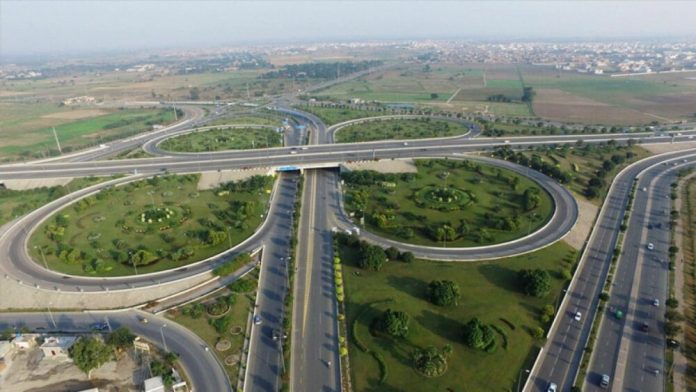
RAWALPINDI, Nov 08 (APP): Long awaited Rawalpindi Ring Road Project, a scheme that is harbinger of a new era of development and prosperity in the region, is going to be launched soon as all arrangements are being finalized and the Punjab government has released Rupees. 6.7 billion funds for acquisition of the land.
There will also be an economic corridor to boost the local and regional economy by establishing an industrial zone and commercial and business hubs.
The objective to construct the ring road is to improve economic connectivity and road transport efficiency in the twin cities, Rawalpindi-Islamabad through constructing a ring road and associated facilities.
The Ring Road project was initiated in 1991 by Rawalpindi Development Authority (RDA) but couldn’t be executed for a long time.
In 2008, a fresh feasibility study was conducted to construct the road from Channi Sher Alam to Fatehjang near the New Islamabad Airport through foreign investors on the basis of private-public partnership. In that plan, the RDA made changes by reducing the total length of the road from 75km to 54km.
It also dropped the idea of laying a rail track along the road to connect the main railway lines with the new airport. The changes were made to reduce the project cost.The Punjab government has added 10 new commercial and residential zones in the Rawalpindi Ring Road Project Economic Corridor (RRPEC).
The government has released the plan of the Rawalpindi Ring Road project after approval.
A dry port equipped with modern facilities, a state of the art hospital and an international expo centre along with the establishment of fruit and vegetable wholesale markets, goods and public transport terminals and cattle markets will be part of the project.
The farmers will also have direct access to the market.
According to Commissioner Rawalpindi Division, Capt. ® Mohammad Mehmood, the CM had approved the project to ease traffic congestion and boost economic activity in the region. The authorities concerned had also been directed to begin the project as soon as possible, he added.
The Punjab government has released Rs6.7 million for land acquisition and the work to acquire land will start after approval from the Board of Revenue, he said.
The PC-I for land acquisition for package one of the Ring Road project had been approved, he said adding, it would cost Rs6.7bn to acquire land for the portion of the road from the G.T. Road to Hakla interchange, which was known as package one.
Around 14,600 kanals land would be acquired in 27 villages, he informed.
The Commissioner said the road would take two and a half years to complete. Package two, from the Motorway to Sangjani, would connect to a ring road in Islamabad.
Land for the road connecting to Margalla Avenue would be acquired by the RDA and Capital Development Authority (CDA).Education and health zones would include a hospital, colleges and universities, while recreational zones would boost tourism along with the establishment of a modern theme park, he said.
Its design speed is120km and the travel time from Tarnol to Rawat for cars is estimated to be an hour and 14 minutes and more than two hours for trucks with an average speed of 50km.Muhammad Mahmood said that the project would give a new look to the city.
Rehabilitation schemes would be provided with site allocation which would reduce the chaotic spread of urban population as much as possible and provide housing facilities at all levels.
Landfill sites would also be identified under a section of the bay where solid waste management and dumping sites will also help in keeping the area clean.
Mohammad Mahmood said that the owners of the land to be acquired, would be compensated and paid an amount according to the market rate.
Rawalpindi Development Authority (RDA) Chairman Tariq Murtaza said that 65.6 kilometre (km) long Ring Road would have six lanes on each side like the motorway.
The service roads would also be constructed along the main road while RDA would plant 0.15 million saplings on the entire route of the signal-free corridor.
Murtaza said that the project would have interchanges at eight different locations including Radio Pakistan, Rawat, Chak Beli, Adyala, Chakri, M2 Mor, Islamabad International Airport (IIA), and Sangjani while residential zones would be established along Sangjani, Adiala, Chakri and Chak Beli interchanges.
He said that the federal government has approved establishment of two new dry ports, one in Punjab and the other in Khyber-Pakhtunkhwa. Of these, one would be established near Rawat on the Ring Road.
The planned expo centre along Ring Road would be constructed near IIA. The hospital in the project would be built near Chak Beli Interchange whereas the amusement park would also be constructed between Chakri and Morat interchanges to facilitate the citizens.
He expressed the hope that the PM Imran Khan and Punjab Chief Minister Usman Bazdar would lay the foundation of the mega project in December.
Under the first phase, some 51 km land would be acquired from Radio Pakistan on GT Road to China Pakistan Economic Corridor (CPEC) route.
The land acquisition for the 14 km long road from Sangjani would be started later under the second phase.Chairman RDA said that the credit for the project goes to the CM Punjab who took keen interest to launch it.
He said, the Ring Road would set a new horizon for the development of Rawalpindi city and it would pave the way for the development of the city in the southwest.
Tariq Mahmood Murtaza said a residential project would also be completed on 3,000 kanals of land in the name of RDA City with Adiala Road Interchange within the economic zone.
Ring Road is a much needed project for the twin cities as the citizens face difficulties on a daily basis due to traffic gridlocks at several roads including Rawalpindi city’s main artery, Murree Road.
Punjab Chief Minister Sardar Usman Buzdar had approved construction of the Rs50 billion Rawalpindi Ring Road under a public-private partnership.
The citizens said, the Rawalpindi Ring Road project would be a great gift of the PTI government for the people of the region and special attention should be given to it so that the project of public utility could be started as soon as possible.
The business community has also appreciated the Ring Road project and termed it as a great addition to the infrastructure
.President, Rawalpindi Chamber of Commerce and Industry (RCCI) Nasir Mirza, representatives of Anjuman-e-Tajran and other trade leaders, Shahid Ghafoor Paracha, Nasir Mir, Sheikh Hafeez, Arshad Awan, Taj Abbasi, Tahir Taj Bhatti and other said the project would be a game changer for the city as the proposed industrial zones would help turn the city into a hub of trade activities.
The project was important for the development of Rawalpindi and should be completed within the shortest possible time frame. The stakeholders should also be taken on board while finalizing the allocation and demarcation of the land for the Industrial Zones, they urged.
Group leader and former RCCI president Sohail Altaf said the project should be given full government patronage.
He said that the main objective of the project was to shift wholesale markets, easing traffic congestion and promote Small and Medium Enterprises (SMEs).
The Ring Road beginning from Rawat (G.T. Road ) would pass through Chak Baley Khan, Baga Sangral, Baga Miana, Gora Bharta, Meera Bharta, Chak Thoha, Losar, Chak Khas, Davari, Kotla, Sanbal, Gahi Mera, Khengar Kalan, Bhattian Nordin, Hoshyal, Laila Kamalpar, Mora Pahpra, Chappar, Tarahiya, Mian Ahmada, Kasala Kalan, Kasala Khurd, Miana Jabr, Mirakhbeginningord and Mira Kalan.
The proposed alignment generally avoids urban populations and settlements as it navigates through the outskirts of the twin cities.
You may like
Business
Pakistan produced an incredible variety of ‘King of Fruits’
Fariyal Mir
Published
1 year agoon
May 28, 2024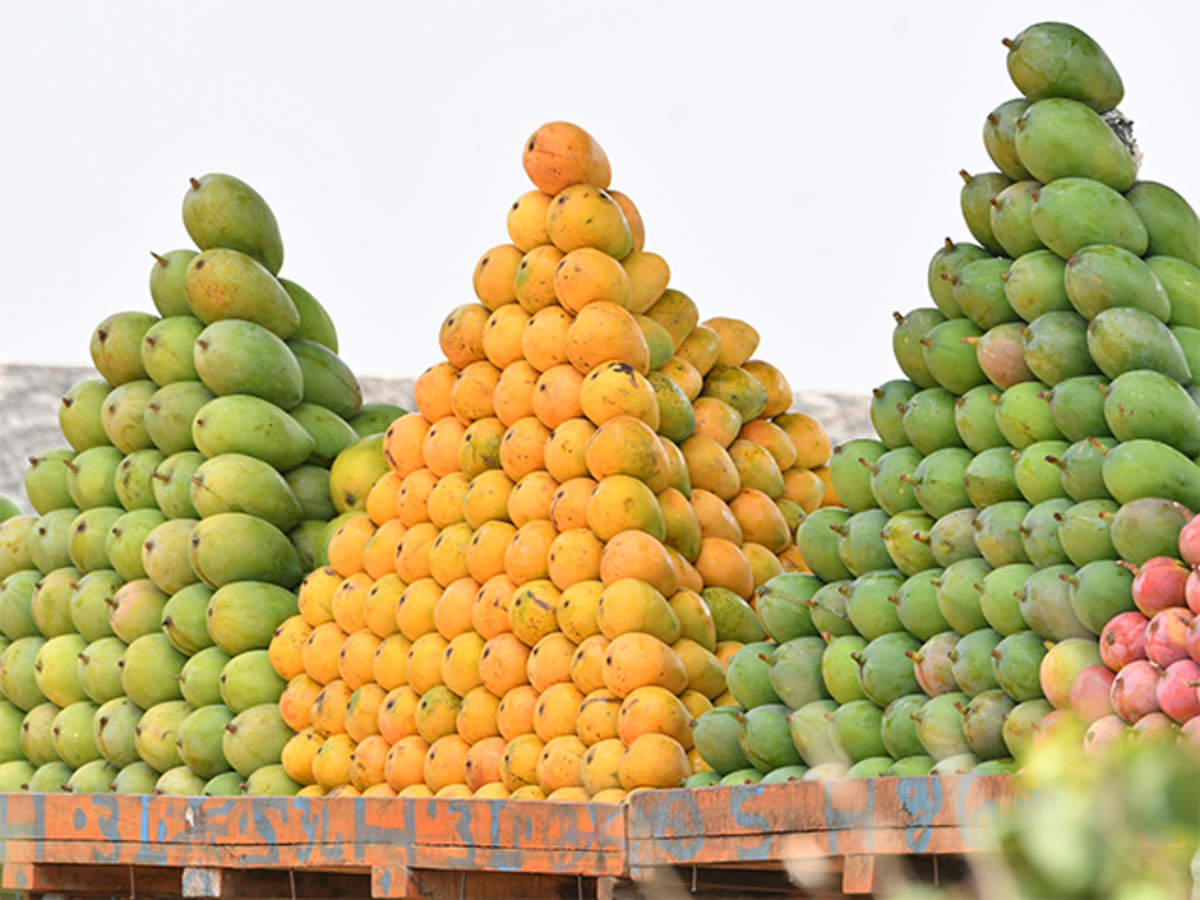
The fertile land of Pakistan produces an extensive number of Mangoes which is better called as ‘King of Fruit’. Pakistan exports Mangoes from corner to corner of the world. Mangoes are not just nationwide but worldwide favorite fruits. This tasty and nutritional fruit reaches the market in May and disappears till the last of September. Though Mangoes are grown in more than 90 nation-states yet Pakistan stands as the fourth number in the production of Mangoes. Moreover presently Pakistan produces more than 1.5 million tons of mangoes about which more than 5% is exported.
Surprisingly, there are more than 1200 kinds of mangoes in Pakistan but we know a few of them. Whereas, around 30 to 35 kinds of mangoes are produced on a profitable scale. Mangoes are the most awaited fruits and people wait passionately for summer to have the taste of the ‘King of Fruits’.
As I have mentioned that there is an abundant number of mangoes kind but here we will discuss a few of them. Some of the most famous and tasty variety of mangoes are given below:
SINDHRI
This variety of mango is highly produced in Sindh. It is oval in shape, large in size, and lemon yellow. It tastes sweet and smells pleasant.

CHAUNSA
Chaunsa is the best variety of mango produced by Pakistan. It is the most mouth-watering type of mango which is delightful and full of juice. It also contains merely the smallest of fiber. This variety is out in the market in the summer.
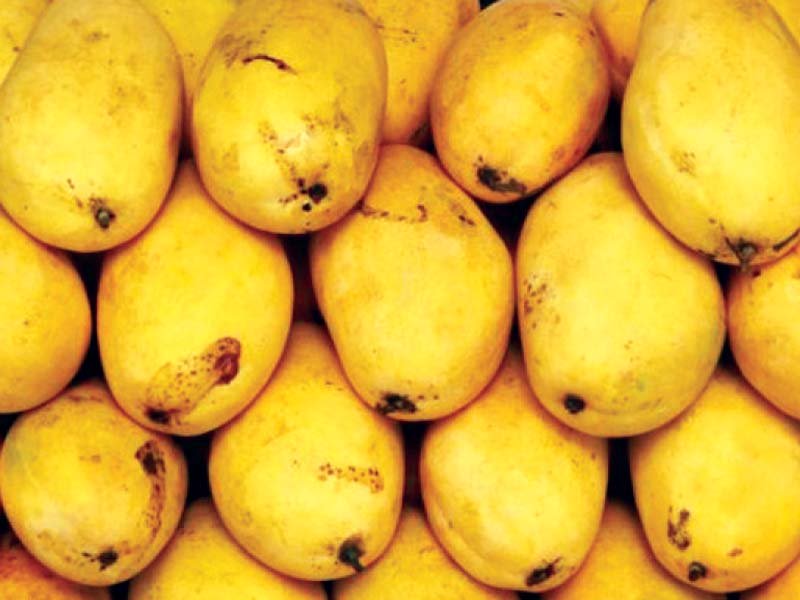
RED KIND ALSO KNOWN AS LAL BADSHAH
This variety of mango is the unique one. It is assumed to be a creamy mango with a small red color. It has an asymmetrical figure with moderately fixed skin.
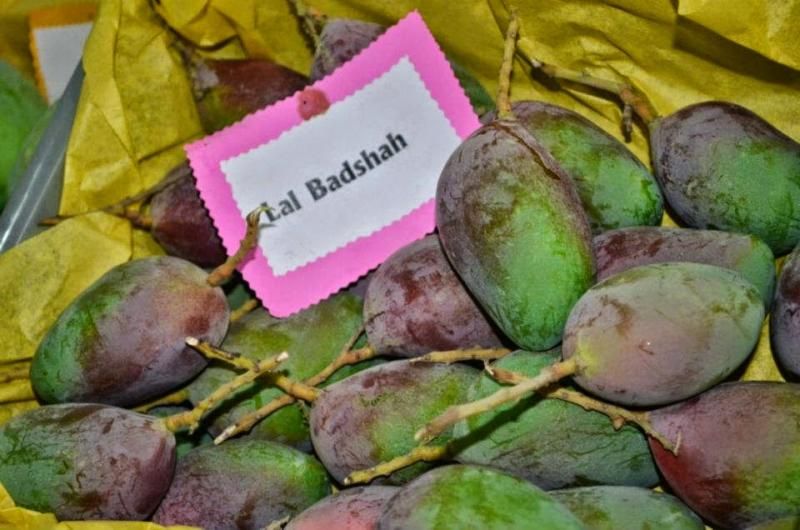
ANWAR RATOL
Anwar Ratol is another mouthwatering variety of mangoes that arrives on the market from July to August. This kind of mango is best for making ice cream.
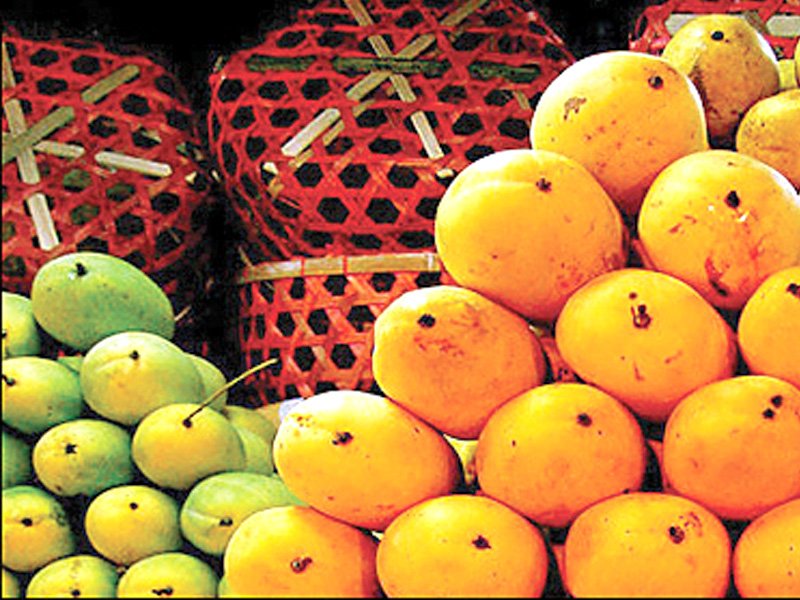
SUNEHRA
This variety of mango is oval in shape dark green in color until ripens. It is full of juice with heavy paste. This delicious variety comes around July and goes back till August.

LANGRA
This variety of mango is highly demanded in Europe in addition to Canada. Because it is a fibreless kind of fruit with fatty flesh. It is a little oval in shape and yellowish-brown in color. This kind remains in the market for two months.
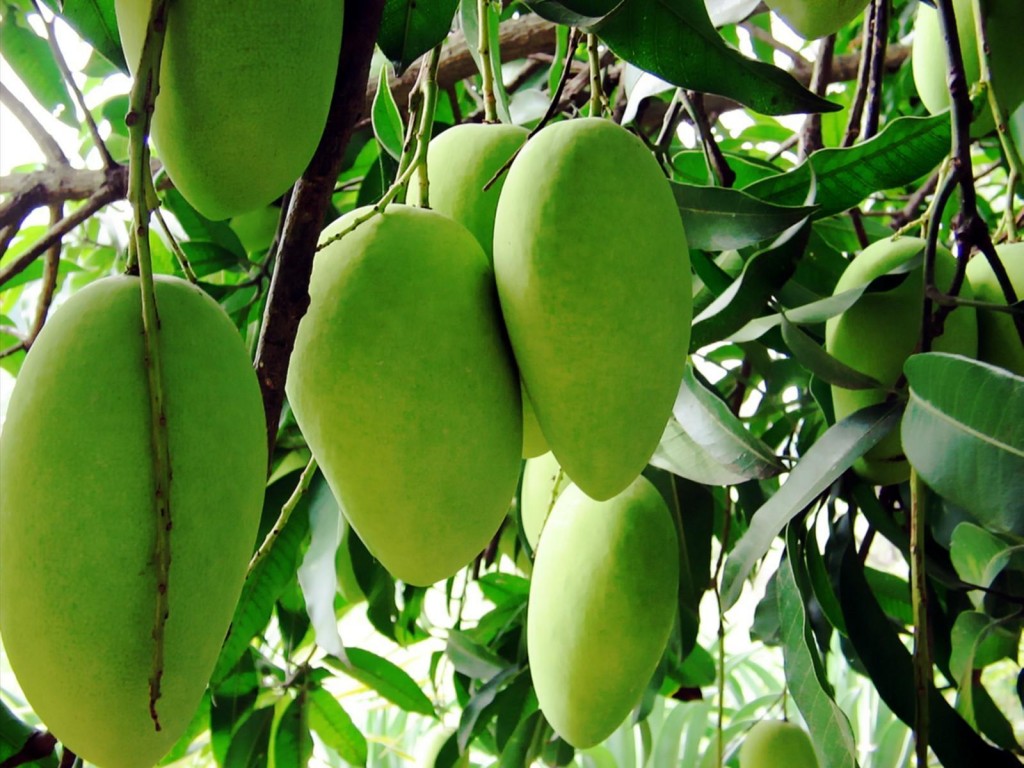
We are blessed with a land that can produce this much variety of mango fruits. So that we are always grateful to the Almighty. The only thing is we need to take good care of this land and we have to value its production.
Business
“Be Pakistani, Buy Pakistani” the spirit of Patriotism and Economic self-sufficiency.
Published
1 year agoon
May 14, 2024By
EDITOR
“Be Pakistani, Buy Pakistani” is a simple yet powerful slogan that promotes the idea of supporting locally made and produced products in Pakistan. It emphasizes the importance of choosing products that are manufactured within the country and encourages consumers to be conscious of their purchasing decisions. This slogan aligns with the principles of self-reliance, economic growth, and national development.
Promoting Local Industry
Supporting local products has a direct impact on the country’s economy. When people buy Pakistani products, it helps boost domestic industries, create jobs, and stimulate economic growth. This, in turn, strengthens the nation’s self-sufficiency and reduces its reliance on imported goods.
Quality and Diversity
Choosing local products doesn’t mean compromising on quality or variety. Pakistan boasts a wide range of industries that produce high-quality goods, from textiles and garments to electronics and food products. By buying Pakistani, consumers have access to a diverse range of quality products while contributing to their own country’s prosperity.
Sustainable Practices
Encouraging the “Be Pakistani, Buy Pakistani” mindset also supports sustainable and ethical business practices. Local industries are often subject to more stringent regulations and environmental standards, leading to cleaner and more sustainable manufacturing processes. By supporting local businesses, consumers indirectly promote eco-friendly and ethical production methods.
Cultural Preservation
Additionally, buying locally made products helps preserve and promote the country’s cultural heritage. Pakistan is known for its rich traditions and craftsmanship, which are reflected in various handcrafted goods and textiles. By choosing these items, consumers contribute to the preservation of cultural heritage and the livelihoods of artisans and craftsmen.
Community and National Unity
The “Be Pakistani, Buy Pakistani” slogan also fosters a sense of community and national unity. It encourages people to rally together in support of their nation’s industries and economy, reinforcing the idea that by working collectively, they can make a positive impact on their country’s future.
Conclusion
“Be Pakistani, Buy Pakistani” is a call to action that embodies the spirit of patriotism and economic self-sufficiency. It’s a reminder that every purchase we make can have a meaningful impact on our nation’s prosperity and development. By choosing Pakistani products, consumers can be active participants in building a stronger, more self-reliant Pakistan. This slogan serves as a testament to the power of individual choices in shaping a nation’s future.
Business
GB’s Dry Fruit – A potential source of revenue generation
Published
1 year agoon
May 14, 2024
Pakistan is bestowed with countless blessings of Nature right from its oceans, rivers, landscape, weathers, rich agricultural land and fruits much better in quality than other countries especially the dry fruit. But, lack of proper attention and marketing globally, this bounty of Nature could not get a deserving space in international markets resulting in loss of earning for the local people and precious foreign exchange for the country.
As Gilgit-Baltistan’s unique geography and climate provides the perfect conditions for growing an array of distinctive dry fruits like apricots, almonds, walnuts, cherries, Kilao and various types of berries, there is dire need to promote these distinct flavored and nutritionally rich products in world markets.
“We take great pride in our dry fruits, particularly apricots cherries and walnuts,” said Gul Baz a dry fruit farmer from Hunza. “These are not just a source of income; they are also a part of our culture and heritage. Dry fruit produced in Northern Areas is delicious and provide essential vitamins to human body.”
One of the standout features of Gilgit-Baltistan’s dry fruits is their exceptional nutritional value. They are packed with vitamins, minerals, and antioxidants, making them a healthy snack option. For example, apricots in this region are full of vitamin A and C content, while almonds and walnuts are a great source of protein and healthy fats.
“Dry fruits in Gilgit-Baltistan are nutritional powerhouses,” said Ayesha Ali, a nutritionist in Gilgit.
“These products are rich in vitamins essential for immune support, skin health, protein and healthy fats as well as weight management and health of human heart. People must include some quantity of dry fruits to their diet.”
While dry fruit production has been a traditional livelihood for the people of Gilgit-Baltistan, limited marketing exposure has hindered their economic potential. By establishing proper marketing channels, local communities can benefit from increased sales to improve their earning as well as collectively venture to alleviate poverty from the region.
Aleem Hussain a local marketing expert has recommended multifaceted approach to tap the potential of unique dry fruits of Gilgit Baltistan.
“First, we need investment in packaging and labeling to highlight our products and then establish strong partnerships with national and international distributors.”
Secondly, he said, “we should effectively participate in world food expos to market our products internationally and expand their market network. New tools like social media and e-marketing should be fully exploited to connect local farmers with a broader customer base, both nationally and internationally.”
Aleem Hussain said, many dry fruit producers in Gilgit-Baltistan follow sustainable farming practices, their dry fruit orchards are organic and use traditional irrigation methods in natural environment. “Highlighting these practices can also be helpful for fruitful marketing and attracting eco-conscious consumers.”
He said despite immense potential, Gilgit-Baltistan’s dry fruit industry faces challenges like limited infrastructure, lack of awareness and inadequate marketing strategies. “Addressing these challenges can be beneficial for both the country and the local people.”
To unlock the potential of Gilgit-Baltistan’s dry fruit industry, the government and non-governmental organizations (NGOs) can play a crucial role by providing financial support, technical assistance and marketing expertise to local farmers and cooperatives to establish a sustainable supply chain.
Proper marketing efforts to secure slots in international markets can pave for Gilgit-Baltistan’s unique dry fruits to become sought-after delicacies globally. Exporting to countries with a growing demand for healthy and exotic foods can also be a game-changer for the region’s economy.
Meanwhile, Fazul Rehman, Director Agriculture and Livestock Gilgit Baltistan has informed that the region produces over 3,000 metric tons dry apricots, 3,000 tons almonds and a staggering 100,000 tons walnuts annually.
“Notably, all fruits grown in GB are organic, with no pesticides used, contributing to their superior quality and nutritional value,” Fazul Rehman said. “The region’s farmers could potentially earn more than $20 million from export of dry fruits against the current earning of just an estimated Rs 50 million.”
He suggested to setting up cold storages, develop proper infrastructure to address issues like quality standards and certification and impart proper training to local farmers for maintaining international standards. “Since, dry fruit production in GB is seasonal therefore its production window may not align with global demand. This mismatch can lead to missed opportunities in international market.”
Like many other treasures under the earth, to say gold, cobalt, barite, dolomite and copper etc, the Gilgit-Baltistan’s presents treasure of unique dry fruits on the surface of earth. But, for the world nations, these are the hidden gems, waiting to be discovered.
Therefore, proper strategies, support and investment can make this region a potential global hub for high-quality dry fruits, benefiting producers and consumers alike. Moreover, being an agricultural country, when respective governments announce incentives for the small and big farmers and ensure subsidies and rebates to the exporters for exporting these cash crops, they should also keep the dry fruit producing potential of Northern Areas in their mind as cash crops and include it in national policies incentives to grow this sector for contribution in national prosperity.

Unity, Faith, and Discipline: The Cornerstones of Pakistan’s Motto as “Aik Qaum” (One Nation)

Aik Qaum: The Fusion of Integrity and Patriotism








